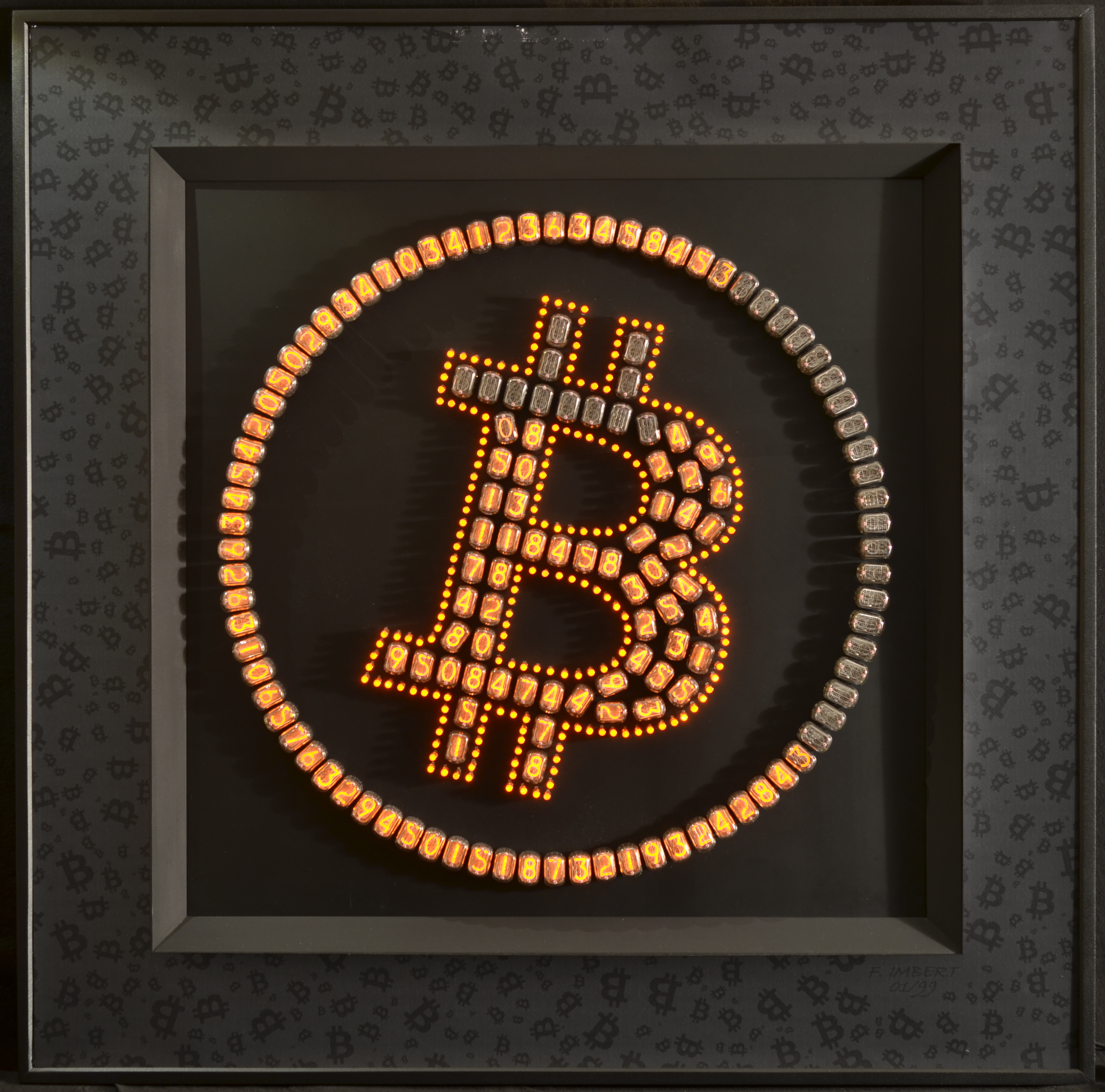What is the price of The Bitcoin Masterpiece?
The price is 1 Bitcoin.
Can I pay in fiat currency or Bitcoin only?
The price of the Masterpiece is symbolic, linked to the price of a Bitcoin, however payment is possible in any other currency, fiat or other cryptocurrency, equivalent on the day of purchase at the price of a Bitcoin
Can I have the Masterpiece delivered anywhere in the world?
Yes, of course. The artist deliver and install the Masterpiece wherever you are in the world.
How long is the Masterpiece insured?
The artist offers a 10-year warranty on the Masterpiece, as on all his other works, guarantee of operation, technique and any other pattern depending on the assembly and normal operation.
Can I request a special number out of the possible 100? Or any other customization request?
Yes, as long as the desired number is still available, from 1 to 100.
The artist offers several possibilities of customization, in the heart of the artwork or outside it, let us know your requests through the booking form on the Order page.
What is the delivery time after purchase?
The artist guarantees you a delivery in less than 15 days wherever you are in the world.
How is the Masterpiece assembled and built?
The Bitcoin Masterpiece was entirely thought, developed and assembled by the artist. Just like the software inside.
The Masterpiece is assembled by hand, by the artist alone, in his studio.
All materials (frame, carbon...) present on the artwork are sourced and purchased by the artist directly from artisans in France.
Who is the artist behind the Masterpiece?
Learn more about Frédéric Imbert on the "The Artist" page.
Also, the artist lives from his passion of engineer/creator for 30 years, and travels around the world to meet its customers and participate in fairs/exhibitions.

%402x.svg)
%402x.svg)
%402x%20Light.svg)
.jpg)
.jpg)


















.jpg)
.jpg)


.jpg)
